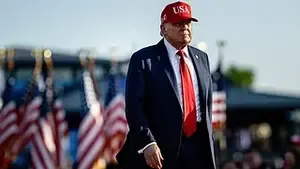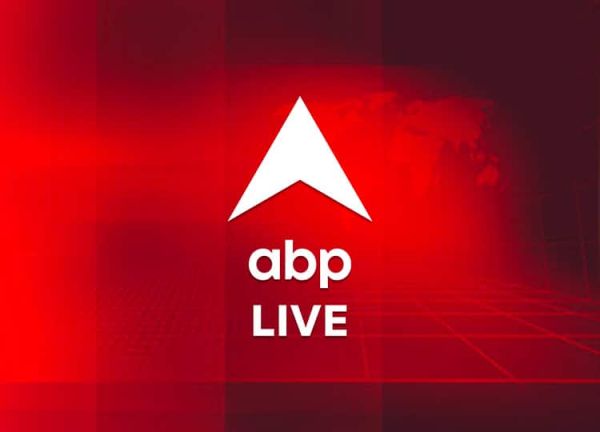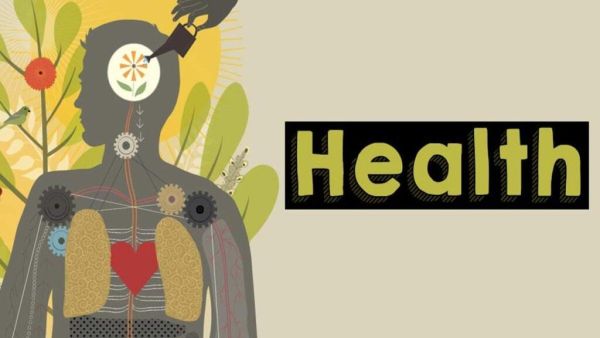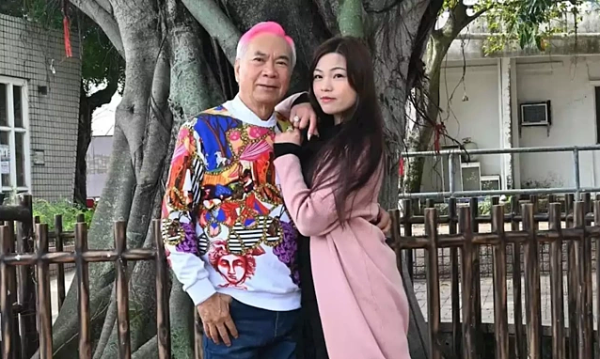
As India waits with bated breath for the White House to clear the draft ‘bilateral trade agreement’ (BTA) it has submitted, US President Donald Trump has threatened to impose an additional 10 per cent tariff on BRICS countries. He has also shot off letters to 14 trading partners — mostly in Asia including Japan and South Korea — to inform them of punishing tariffs ranging between 25 and 40 per cent with the significant caveat that unless they sign mutually agreed deals by the end of this month, the tariffs will come into effect on 1 August.
The arbitrary tariffs proposed in identical letters sent by the US president to heads of government of the 14 countries are seen as arm-twisting smaller trading partners and a signal to others. The tariffs proposed by Trump ignore the fact that most of the 14 countries impose less than 10 per cent tariff on US goods. South Korea, in fact, charges zero tariff on US goods while Japan charges 2.2 per cent.
Even Laos and Myanmar, the two countries which have attracted 40 per cent tariff on goods exported to the US, charge 0.97 per cent and 1.81 per cent tariff respectively on US goods entering their countries. Bangladesh, which has been slapped with 35 per cent tariffs, imposes 10.99 per cent duty on American goods.
The latest act of bullying by the US president is, however, not seen as a sign of strength but as part of the ‘bluff and buster’ policy he has adopted in the trade war he has unleashed. The phrase ‘Trump always chickens out’ (TACO for short) was coined in May by a columnist in the Financial Times.
TACO describes the tendency of the Trump administration to back off in the face of pressure.
After the stock market lost $3.1 trillion the day after the ‘Liberation Day’ tariffs were announced on 2 April, the US president hurriedly announced a 90-day suspension of the unilateral, country-specific tariffs on 9 April. The deadline expires on 9 July, Wednesday, which is tomorrow.
The day before the deadline ends, today, Trump announced tariffs ranging from 25 to 40 per cent on good imported from 14 countries, and in identical letters signed by him, invited them to sign BTAs with the US during the current month.
If they sign the deals, the tariffs could be modified ‘upwards’ or ‘downwards’, assured Trump. If they fail to sign such a deal to the satisfaction of the US, he threatened, the ‘Liberation Day tariff’ announced on 2 April would kick in from 1 August. Effectively, Trump has kicked the can for three more weeks and extended the deadline to the end of July.
Most observers see the move as a face-saving measure by the US president. While suspending his new tariffs on 9 April, Trump had claimed that countries were falling over each other to ‘kiss his ass’. Mocking the US's trading partners, the president had mimicked them saying, “yes sir, please sir”, and added that the US would be signing 90 deals in the next 90 days.
As the 90-day deadline ends on Wednesday, Trump has little to show, and US treasury secretary Scott Bessent has not helped by blurting out on TV that very few countries had actually contacted the US.
All that the US has to show is an agreement with the UK, a trade deal with Vietnam, and a ‘framework agreement’ with China — a far cry from the claim of signing 90 deals in 90 days. The US president, however, once again claimed on 7 July that the US and India were very close to signing a deal.
Indian sources in the commerce ministry have also confirmed that India has presented to the US the concessions it is willing to make and that the draft agreement was under scrutiny by the White House. These sources, which were hopeful of signing at least an ‘interim deal’ by Tuesday, also claimed, according to media reports, that India had drawn a line when it came to agriculture and the dairy sector.
Trump desperately needs to sign a deal, and there is a high probability he will give the go-ahead to an ‘interim deal’ with India to save face. But with ’90 deals in 90 days’ nowhere on the horizon, the self-proclaimed deal-maker may well settle for a breather and grant more time for India and the US to thrash out the finer details.
For that very reason, observers believe that there is a high probability of even the 1 August deadline being extended again. If that happens, India may regret not playing hardball far longer. Indeed, Indian Prime Minister Narendra Modi was the first ‘world leader’ to rush to Washington DC in February and pledge increased trade with the US, in the form of defence purchases that the US welcomed.
Meanwhile, US allies have turned hostile, and China made Trump blink first by demonstrating that it could inflict real economic pain, so that the US ended up looking weak, isolated and ‘outmaneuvered’ by the countries Trump claimed would be 'kissing his ass'. Significantly, the Japanese finance minister has also threatened — on national TV, no less — to sell the country's holdings of US treasuries as a tool of economic warfare against the US.
-
PM Modi conferred with Brazil's highest civilian award

-
Simple way to remove frozen dirt on the neck

-
A week of no masturbation leads to depression and stress: study

-
Make healthy every day, know the 10 habits that can change your whole lifestyle

-
TVB actor Lee Lung Kei, 75, reunites with fiancée Chris Wong, 37 years his junior, after her release from prison
